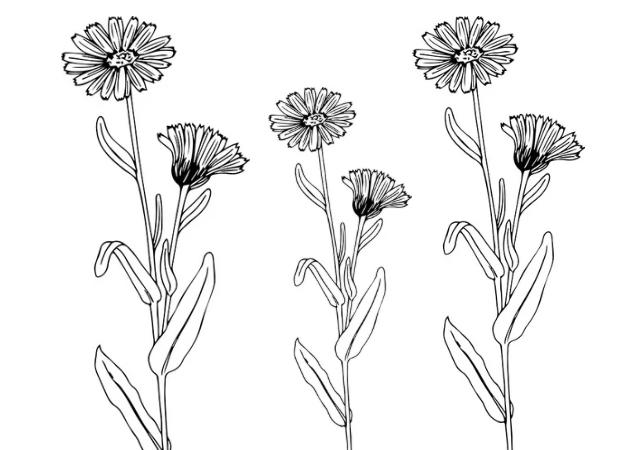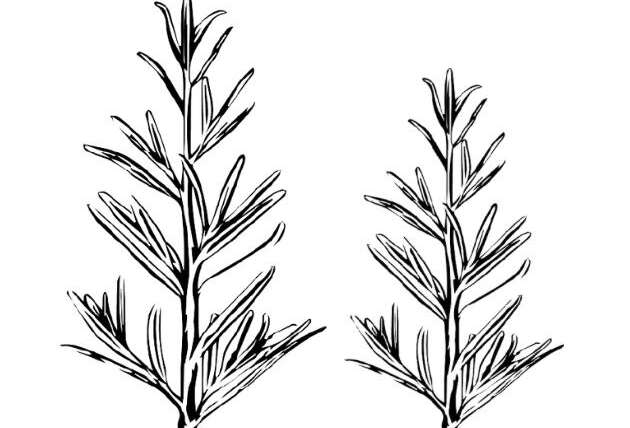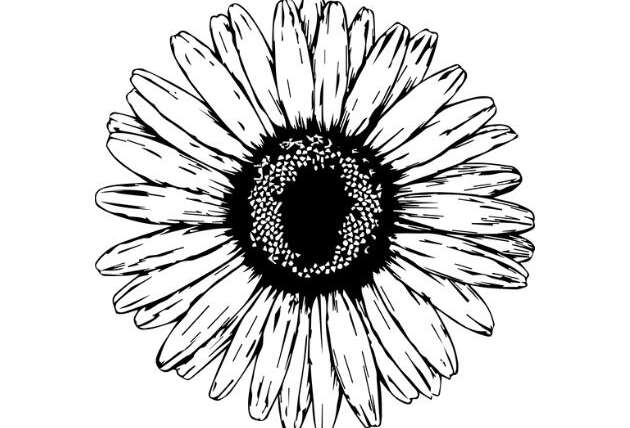“…Calendula officinalis Linn. (CO) is a popular medicinal plant from the plant kingdom’s Asteraceae family that has been used for millennia. This plant contains flavonoids, triterpenoids, glycosides, saponins, carotenoids, volatile oil, amino acids, steroids, sterols, and quinines. These chemical constituents confer multifaceted biological effects… …Many ailments have been treated with CO; a plant frequently used in homeopathic medicine. Additionally, it can be cytotoxic and inhibit tumor growth [95]. It functions as an antimicrobial [56,96], antioxidant [97], anti-inflammatory [89,98], antiseptic [99], anti-viral [89], hepatoprotective [56], and antidiabetic medicine [100]. It is also applied to the skin to treat various conditions, including inflammation of the skin, open wounds, and laceration wounds that bleed. Additionally, it is used to heal minor ailments such as razor burns and wind burns, it is employed in cases of certain burns and gastrointestinal, gynecological, ocular, and skin conditions…
…Calendula officinalis Linn. (CO), as an important plant within traditional medicine, has found application in the food industry [6] as well as the pharmaceutical industry [7] owing to the presence of secondary metabolites in the plant. The Calendula genus covers approximately 25 species, among which C. officinalis, C. arvensis, C. tripterocarpa, C. stellata, and C. suffruticose are the most common [8]. CO is the most studied species of Calendula. It has been used medicinally since the 12th century [9,10] and is known as English Marigold, Pot Marigold, Holigold, Mary Bud, Marybud, or Mary Gowles. The name Calendula originates from the Latin term “calends” denoting the first day of each month when the Calendula flower blooms. Along with this, Calendula has also been referred to as the “herb of the sun”, considering the efflorescence of Calendula flowers in the morning and their shriveling in the evening…
,1,† ,1,† ,1,† ,1,† ,2,† ,3 ,4 ,1 ,2 ,3 and 3,*
REFERENCES:
6.
Savic Gajic I.M., Savic I.M., Skrba M., Dosić A., Vujadinovic D. Food Additive Based on the Encapsulated Pot Marigold (Calendula officinalis L.) Flowers Extract in Calcium Alginate Microparticles. J. Food Process. Preserv. 2022;46:e15792. doi: 10.1111/jfpp.15792. [CrossRef] [Google Scholar]7.
Pedram Rad Z., Mokhtari J., Abbasi M. Preparation and Characterization of Calendula officinalis-Loaded PCL/Gum Arabic Nanocomposite Scaffolds for Wound Healing Applications. Iran. Polym. J. 2019;28:51–63. doi: 10.1007/s13726-018-0674-x. [CrossRef] [Google Scholar]8.
Fallahi M., Mohammadi A., Miri S.M. The Natural Variation in Six Populations of Calendula officinalis L.: A Karyotype Study. J. Genet. 2020;6:34–40. doi: 10.22080/jgr.2020.2541. [CrossRef] [Google Scholar]9.
Basch E., Bent S., Foppa I., Haskmi S., Kroll D., Mele M., Szapary P., Ulbricht C., Vora M., Yong S. Marigold (Calendula officinalis L.): An Evidence-Based Systematic Review by the Natural Standard Research Collaboration. J. Herb. Pharm. 2006;6:135–159. doi: 10.1080/J157v06n03_08. [PubMed] [CrossRef] [Google Scholar]10.
Gu J., Aidy A., Goorani S. Anti-Human Lung Adenocarcinoma, Cytotoxicity, and Antioxidant Potentials of Copper Nanoparticles Green-Synthesized by Calendula officinalis. J. Exp. Nanosci. 2022;17:285–296. doi: 10.1080/17458080.2022.2066082. [CrossRef] [Google Scholar]
56.
Patil K., Sanjay C., Doggalli N., Devi K.R., Harshitha N. A Review of Calendula officinalis Magic in Science. J. Clin. Diagn. Res. 2022;16:ZE23–ZE27. doi: 10.7860/JCDR/2022/52195.16024. [CrossRef] [Google Scholar]89.
Khursheed A., Devender P., Shahid A., Vandana Arora S., Alok B., Alam Professor K. Evaluation of Anthelmintic Activity of Calendula officinalis Flowers Extract. J. Drug Deliv. Ther. 2021;11:48–50. doi: 10.22270/JDDT.V11I4.4944. [CrossRef] [Google Scholar]
96.
Balciunaitiene A., Puzeryte V., Radenkovs V., Krasnova I., Memvanga P.B., Viskelis P., Streimikyte P., Viskelis J. Sustainabl–Green Synthesis of Silver Nanoparticles Using Aqueous Hyssopus Officinalis and Calendula officinalis Extracts and Their Antioxidant and Antibacterial Activities. Molecules. 2022;27:7700. doi: 10.3390/molecules27227700. [PMC free article] [PubMed] [CrossRef] [Google Scholar]97.
Vinola S.M.J., Sekar M., Renganathan S.K., Dhiraviam S. Comparative Evaluation of Calendula officinalis and 2% Chlorhexidine against Enterococcus Faecalis and Candida Albicans. J. Interdiscip. Dent. 2022;11:119. doi: 10.4103/jid.jid_28_21. [CrossRef] [Google Scholar]98.
Garrido-Suárez B.B., Garrido G., Menéndez A.B., Merino N., Valdés O., de la Paz N., Romero A., Delgado L., Fernández M.D., Piñeros O., et al. Topical Calendula officinalis L. Inhibits Inflammatory Pain through Antioxidant, Anti-Inflammatory and Peripheral Opioid Mechanisms. J. Integr. Med. 2022;21:34–46. doi: 10.1016/j.joim.2022.10.002. [CrossRef] [Google Scholar]99.
Deka B., Bhattacharjee B., Shakya A., Ikbal A.M.A., Goswami C., Sarma S. Mechanism of Action of Wound Healing Activity of Calendula officinalis: A Comprehensive Review. Pharm. Biosci. J. 2021;9:28–44. doi: 10.20510/ukjpb/9/i1/1609684673. [CrossRef] [Google Scholar]



